The United States goods shipping to New Zealand has gained more significance due to the development of the global trade and the exploration of the new markets in the Pacific area by the businesses. Be it you are an e-commerce business owner, a manufacturer or just a person wishing to send personal effects, learning the intricacies involved in international shipping to New Zealand is key to establishing success. Whether you are a business or an individual, this ultimate guide will take you through all you should know about shipping goods out of the US to New Zealand, including regulations, cost, delivery time and the best practices zealand dollars.

GWT Worldwide is a global freight forwarding and supply chain solutions provider as well as a cross-border e-commerce logistics professional logistics service provider at Shenzhen Guanwutong International Freight Forwarding Co., Ltd. Our team of air freight, sea freight, international express solutions, customs clearance and Amazon FBA shipping support experts will get your goods moving safely, fast and compliantly origin to destination using the very latest logistics technology and our network of trusted partners around the globe.
Understanding New Zealand’s Import Regulations

New Zealand has stringent importation laws and this is meant to safeguard its one-of-a-kind eco system as well as its agricultural sector with very strict customs restrictions . The biosecurity legislations that govern the country are regarded to be one of the strictest in the globe, and great care is taken on what is permitted to come in and what is not allowed into the country. You must be familiar with these rules before you ship any goods out of the US to New Zealand, failure to which your shipment may be delayed, extra expenses may be imposed on you, or your shipment may be seized.
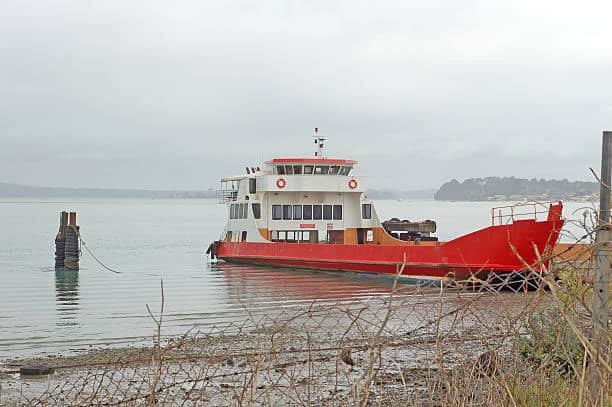
All imports into New Zealand are managed by the New Zealand Customs Service, which demands the correct documentation of each consignment. Some foods, plants, animal products, medicines and weapons are among the prohibited items. Even such apparently innocuous products as wooden articles, leather goods or outdoor equipment can need to be treated in a special way or certified. This can save a lot of time and money upon knowing these restrictions before shipping.
Prohibited and Restricted Items for US to New Zealand Shipping
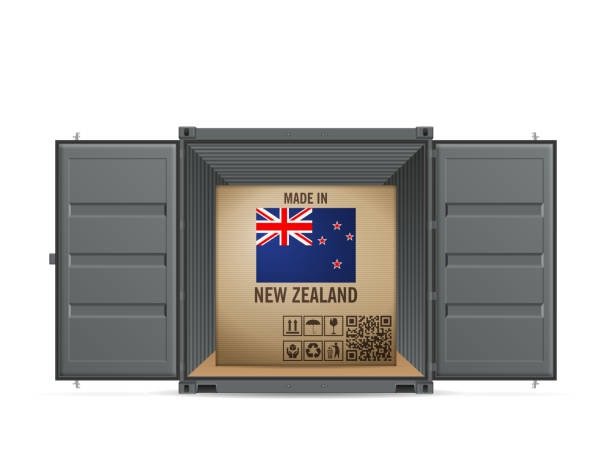
When transporting goods to New Zealand, many are either banned outright or have serious limitations due to strict customs restrictions when traveling with US origin. Foodstuffs are under strict control and most of the fresh foods, agricultural items milk products, meat and honey are absolutely prohibited unless they correspond to certain conditions and are certified. Even processed foodstuffs might need some special permits or treatments.
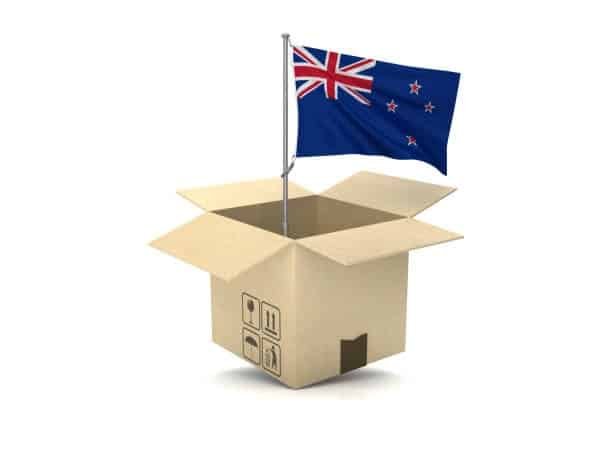
The issue of biosecurity also applies to non-food products. Second hand outdoor equipment, camping equipment and sporting goods might require a very good clean up and certification. Wooden products such as furniture and ornaments should be treated and certified to avoid bringing in of dangerous pests. The importance of learning these restrictions is essential to the success of shipping since violation may lead to instant destruction of the goods and huge fines.
Required Documentation for International Shipping
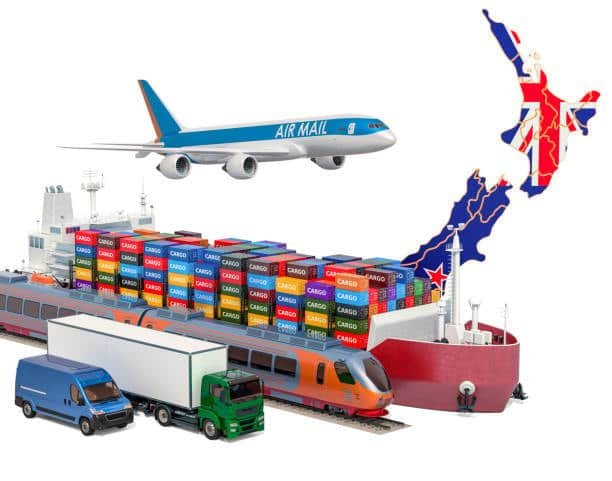
When shipping from the US to New Zealand, satisfactory documentation is essential to facilitate easy customs clearance and to determine the shipping method . The commercial invoice is the main document, which is used to describe, value, origin and the purpose of the goods. This document must also be correct and full as the custom officials refer to it when calculating duties and taxes as well as checking conformity with the importation regulations.

Other documents that might be needed are certificates of origin, import permit, biosecurity certificates and special documents that are needed in regulated goods. A packing list that describes what is in every package is also required in case of commercial shipments. Having complete, correct and well prepared documentation before shipping ensures that chances of delays or extra expenses incurred in customs clearance are greatly minimized.
Shipping Methods: Air Freight vs Sea Freight vs Express Courier
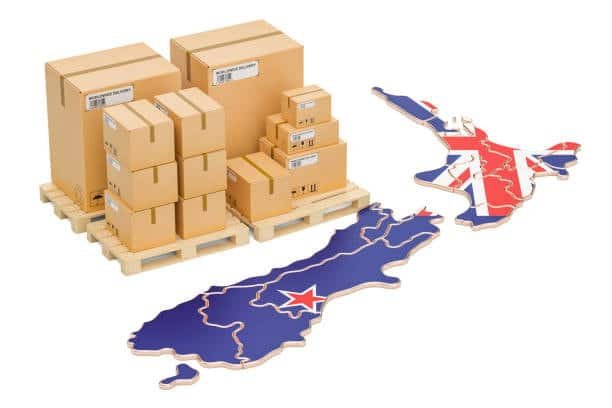
There are three main options when transporting goods via the US to New Zealand by air, understanding the shipping process is crucial , sea and express courier. Both options have their unique benefits and reflections on price, time, and appropriateness with various kinds of freights.
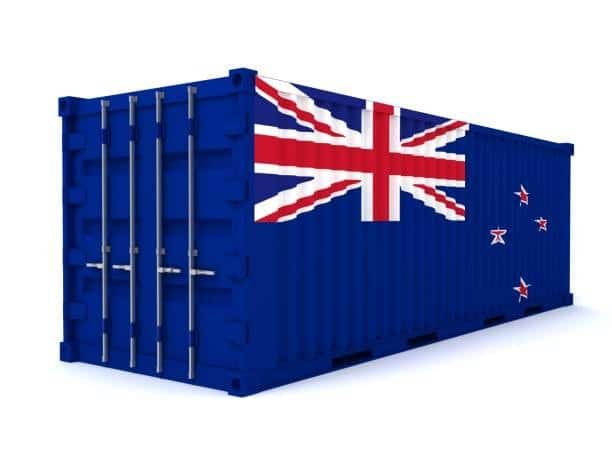
With air freight, products enjoy the quickest transit times and can be delivered within 3-7 days, thus it is best suited to high value or time-sensitive products. Air freight is more expensive when compared to sea freight but it has a better tracking ability and low damage risks. Sea freight is the slowest mode of transport with a transit time of 2-6 weeks but it offers the most economical option when the goods involved are large, heavy, or in bulk. Express couriers provide door-to-door service with great tracking and customer service, but at a high price per pound of small packages.
Calculating Shipping Costs and Fees
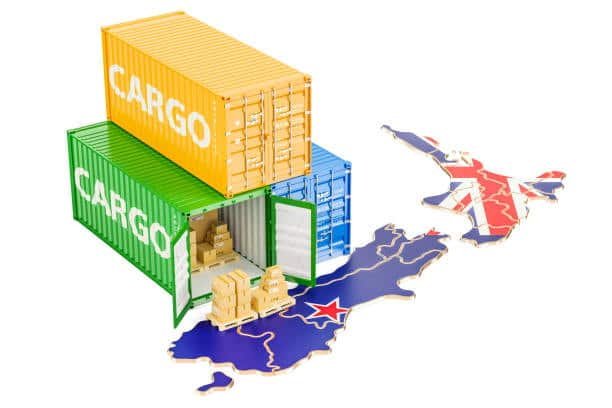
The knowledge of different expenses incurred when transporting goods out of the US to New Zealand is useful in budgeting and pricing. The shipping prices are calculated based on various variables such as the weight, size of package, the method of shipment, cost effective solution location in New Zealand and any other extra services one may need.

Freight charges, fuel surcharges and handling fees are included in the basic shipping costs. Other expenses will be customs brokerage charges duty and taxes payment, insurance, and restricted items special handling charges. In case of commercial loads, warehousing and consolidation can increase the total cost. One of the ways to achieve this is by consolidation services, optimization of routes and negotiated rates with carriers that can be achieved by working with experienced freight forwarders.
Transit Times and Delivery Expectations
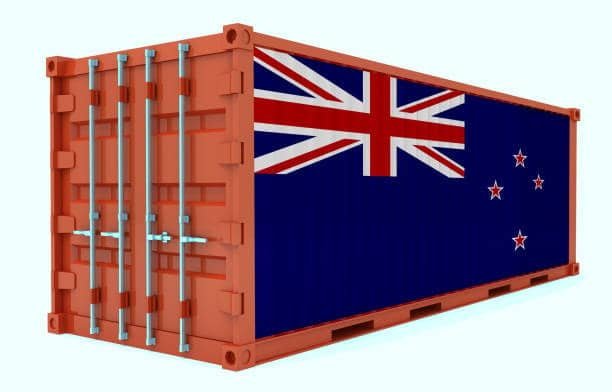
The shipping time of the goods sent via the US to New Zealand ranges largely, depending on the selected shipping option and the route. Express couriers can normally be delivered in 3-5 business days and standard air freight can take 5-10 days delivery time excluding customs clearance time. Delivery time of the sea freight shipments takes 15-35 days (depending on the ports of departure and delivery).
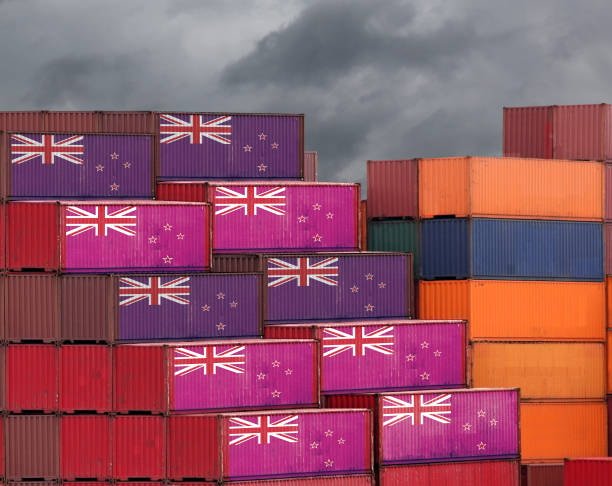
Various events may influence delivery times, such as customs clearance process, weather, busy shipping seasons, necessary inspections or treatments. Delays are more frequent during peak season like Christmas or Chinese New Year. One way is to plan the shipments ahead of time and select the adequate shipping option depending on the urgency to facilitate timely delivery.
Customs Duties and Taxes in New Zealand
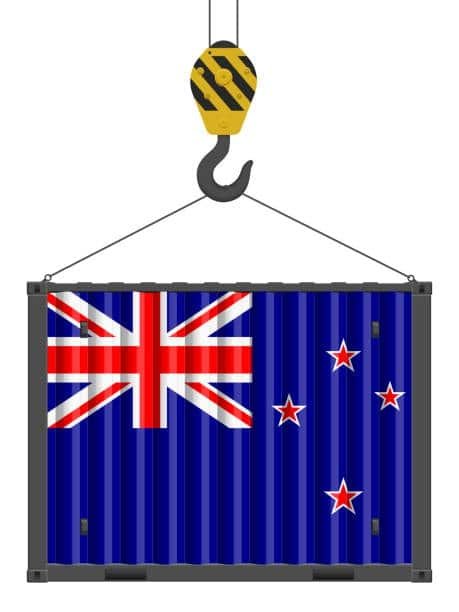
Goods and services tax (GST) at the rate of 15 per cent is levied on most imported goods into New Zealand, in addition to which customs duties and sales tax may be charged depending on the type of product and its origin. The GST is charged on the total price of the goods which is the cost of shipping the goods and any duties that may be charged. On consignments below NZD $1,000, GST can also apply but under simplified clearance processes.
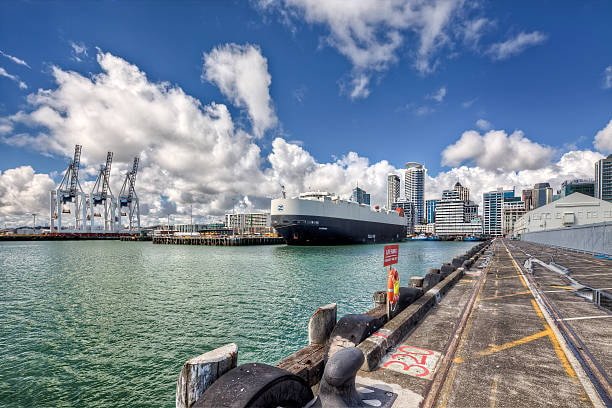
The customs duties are product and country of origin specific. A lot of US goods also enjoy preferential duty rates in a number of trade agreements. There are however certain products which might attract a higher rate of duty or other taxes. This way, commercial shipments can be priced and explained correctly to the customer, as well as understand the duty and tax involvements before the shipment.
Insurance Options for International Shipments
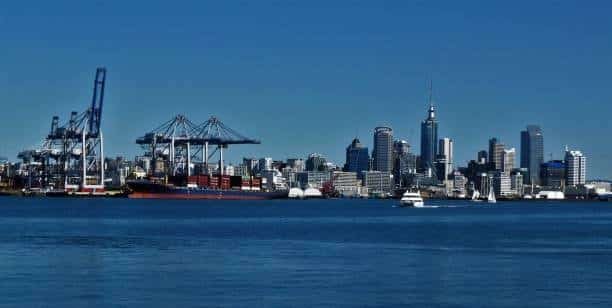
International shipping requires that valuable shipments are safeguarded by the right insurance cover. The basic liability coverage is provided by a majority of the carriers and it might not be sufficient to cover the value of the shipment, in the event of loss or damage. Other insurance products offer a broader cover to valuable or delicate goods.
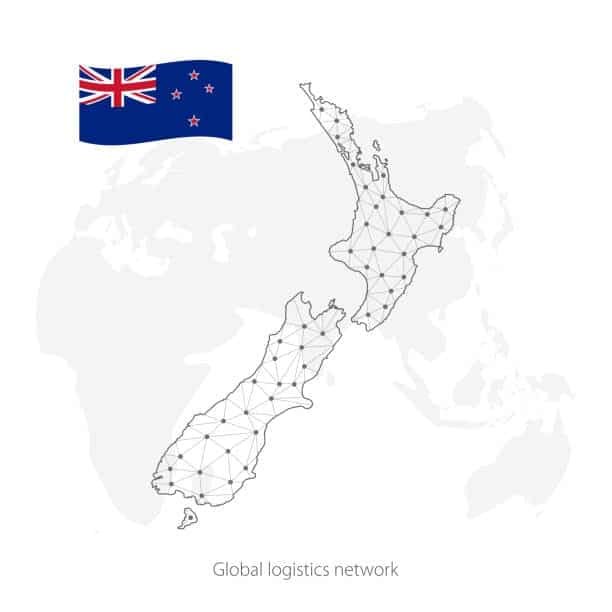
This gives marine cargo insurance the widest coverage as it covers risks in transit such as theft, damage, and general average. Insurance can usually be obtained between 0.2-2% of the declared value of the shipment, depending on the type of goods and the method of shipment. When shipping valuable items, the additional peace of mind that an extended insurance coverage brings is often worth the expense.
Packaging Requirements and Best Practices

Good packaging will also be essential in ensuring that the goods are safe in their transit all the way to New Zealand. Unlike domestic shipments, international shipments are handled more, take a longer time to deliver, and are exposed to different environments. Proper methods and materials of packaging can assist in avoiding damages and achieving the successful delivery.
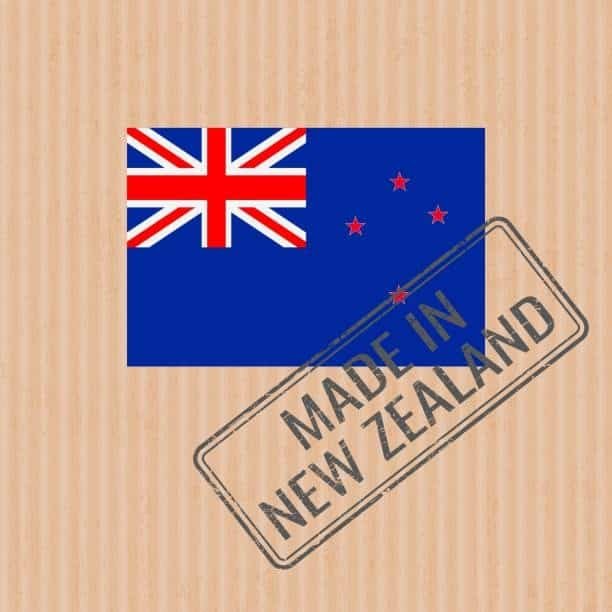
Padded outer shipping container with acceptable cushioning materials can prevent impacts and vibration damage. On items that are fragile, an additional protection can be offered by double-boxing with cushioning material between the boxes. Each package must be well labeled with full addresses, contacts and other special handling instructions. When the goods are properly packaged this helps to avoid damages as well as makes the customs clearance easier and inspection may not delay.
Tracking and Monitoring Your Shipment

Shipping services available today offer multiple tracking and monitoring solutions to ensure that the shippers and recipients are abreast with shipment developments. The majority of carriers have an online tracking system which gives real time information of the location and status of shipment. On high value or time critical consignments, better tracking options can be provided with in depth milestone reporting and substitute notifications.
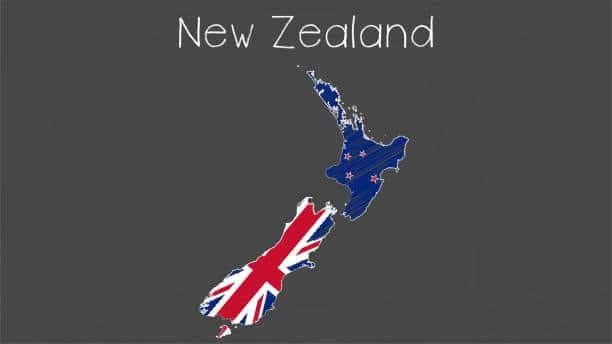
The key to an effective shipment monitoring is having knowledge of how the normal transit process should be and when there might be a delay or problem. Established contact with the freight forwarder or carrier will allow solving the issues in the shortest time. In the case of commercial shippers, incorporation of the tracking information into the customer communication systems serves to keep customer satisfaction at optimum levels and minimizes the number of inquiries.
Working with Freight Forwarders and Logistics Partners
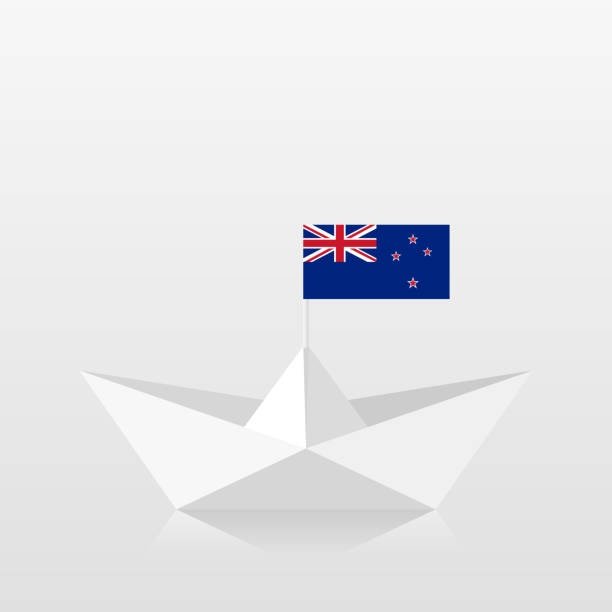
One of the best ways to ship goods to New Zealand out of the US is by collaborating with reliable freight forwarders and logistic firms that have ample experience in international shipment. The professional logistics suppliers are familiar with the intricacies of international transportation, rules, and documents necessary, as well as the best possible routing alternatives based on the chosen carrier .
An excellent freight forwarder can provide more than simple transportation services: customs brokerage, warehousing, consolidation, and supply chain consulting. They have established connections with carriers and may frequently achieve lower shipping prices and service levels than single shippers. Choosing a logistics partner, it is important to pay attention to its experience in US-New Zealand shipping, the range of provided services, the level of technology and customer service shipping calculator.
E-commerce Considerations for Online Retailers
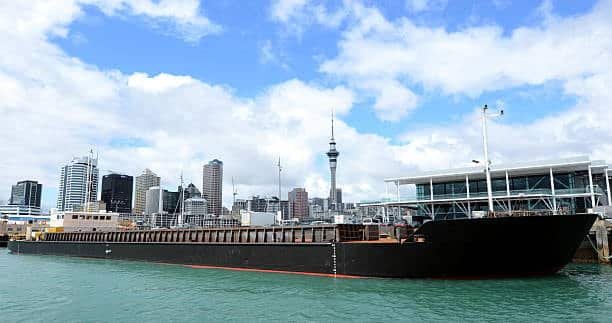
There are specific opportunities and challenges that online retailers delivering products to customers in New Zealand have to deal with. The expanding e-commerce market in New Zealand does include great opportunities however to succeed in the market, it is important to understand the local consumer expectations, regulations and responses to competition business shipments.
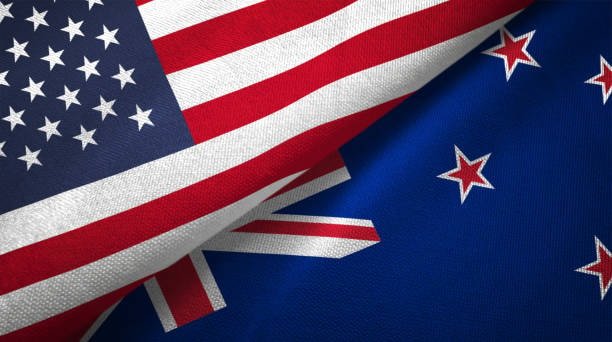
Duty and tax transparency, expectations about delivery times, returns processing and customer service at sensible time zones are key aspects in this regard. Fulfillment services or local distribution centers are utilized by many successful e-commerce operations to better delivery times and costs. It is also important to be familiar with the consumer protection legislations and e-commerce regulations in New Zealand so as to be compliant and achieve customer satisfaction.
Amazon FBA and Third-Party Fulfillment Options
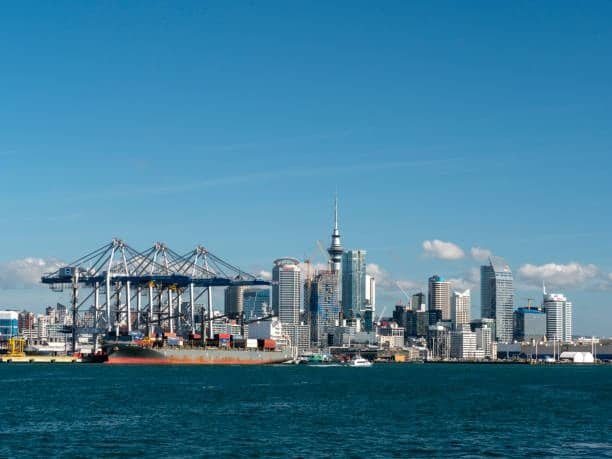
Third-party fulfillment Amazon FBA (Fulfillment by Amazon) and other services provide pleasant opportunities to those businesses that ship products to New Zealand. They offer storage services, picking, packing and shipping so that business can concentrate on the product development and marketing and they will still have professionally done fulfillment operations.
Factors to be considered when utilizing fulfillment services to ship to New Zealand include inventory placement, shipping speeds, customer service abilities and cost structures. International shipping is the specialty of some fulfillment providers who can also provide insight into customs regulations and local market regulations. When e-commerce platforms and fulfillment services are properly integrated, operations arelessness and the customer experiences are positive delivery speed.
Seasonal Considerations and Peak Shipping Periods
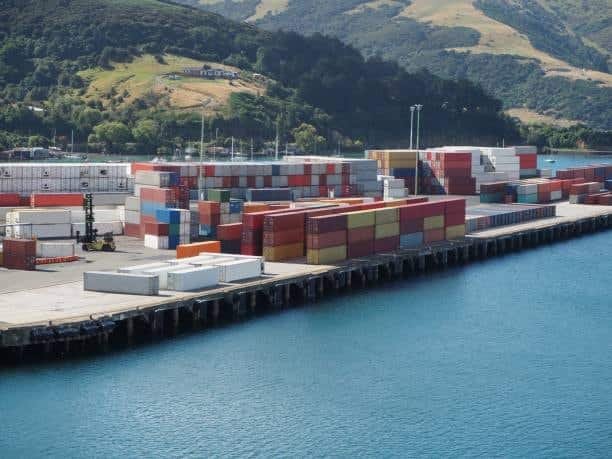
Performance and volumes shipped may also change dramatically across the year with some times of the year having above-average volumes with possible delays new zealand cost. Being aware of these seasonal trends assists with making shipping arrangements and managing the right expectations with customers shipping address.
The busiest shipping seasons usually encompass the period before Christmas, the Chinese New Year as well as the back-to-school periods. During these periods, space can be tight, rates can go up and transit times can grow. When dealing with peak periods, it is beneficial to plan the shipments ahead and inform customers about possible delays, which keeps the satisfaction levels high and prevents complaints.
Special Handling for Fragile and High-Value Items
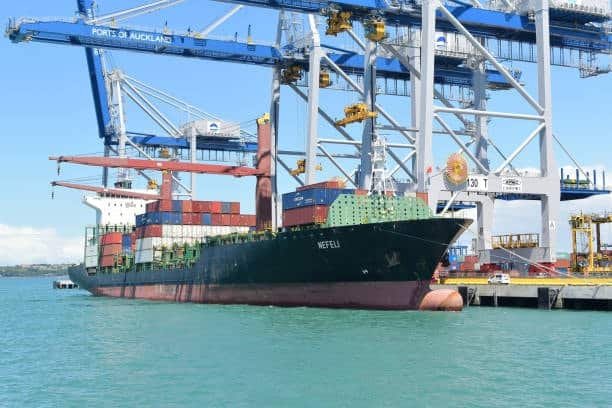
They have to be handled with care because fragile and high-value items need special attention during shipping. In addition to good packaging, such shipments can receive high-quality handling, extra insurance, and better tracking options shipping timeline.
Special handling services can consist of temperature control, orientation needs, delicate handling necessity and priority processing. When dealing with item of very high value, make use of special carriers or high value goods services. Special handling services which might be delivered at an additional cost are usually justified by lower risk of damage or loss zealand cost.
Returns and Reverse Logistics Management

Return management in New Zealand to the US must be well planned and procedural. Distance, customs formalities and the possibility of there being restrictions on the return of certain goods can make returns expensive and complicated.
Having clear return policies and in cases where proper prepaid return labels are provided and collaborating with logistics partners who have reverse logistics services can facilitate the returns for personal use . If the value of the product is high or the returns are forthcoming, then local repair or refurbishment options should be considered to save on the cost of returning the product.
Technology Solutions for Shipping Management

The efficiency and visibility of international shipping operations may be substantially enhanced with the use of modern technology solutions. Shipping management systems are connected to the carriers, offer automated documentation, monitor the shipment, and offer reports to analyze and optimize cheapest shipping.
Cloud based platforms are scalable and accessible to businesses, large or small. Multi-carrier integration, automated customs forms, real-time tracking, exception management, reporting capabilities, and express services are features to look for are features to look for shipping price. The cost of investing in the right technology solutions is offset by the enhanced efficiency, minimised errors and higher customer service.
Cost Optimization Strategies

The strategic approach that should take into consideration different factors and alternatives might be needed to optimize the shipping costs and keep the service quality on the desired level. Consolidation service has the ability to save money on a number of smaller shipments by grouping them into fewer, larger and less costly shipments. Volumetric commitments to receive better rates negotiated with carriers, selecting the right level of service to various types of shipments, and packaging shipments to minimize dimensional weight pricing are all examples of cost optimization. Periodic review of shipping data can assist in determining trends, as well as areas of further optimization new zealand’s customs regulations.
Regulatory Updates and Compliance Monitoring
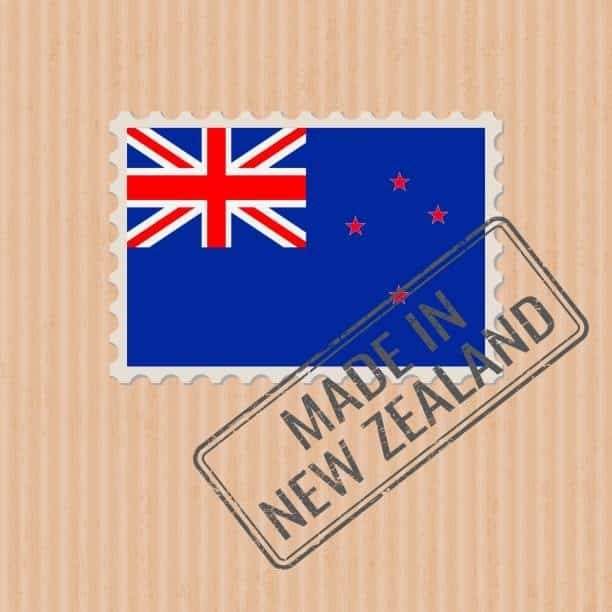
Requirements and regulations regarding international shipping vary and frequently change such that consistent monitoring and adherence are critical factors to successful operation. The biosecurity and customs policy of New Zealand can be revised in regard to the development of new risks or policies. Remaining up-to-date on regulatory updates by official resources, as well as industry and logistics partner publications, assists in maintaining compliance. Established procedures of periodical compliance testing along with educating the staff on the regulatory demands can be useful to keep the standards high and prevent the expensive breaches.
Building Strong Relationships with New Zealand Customers
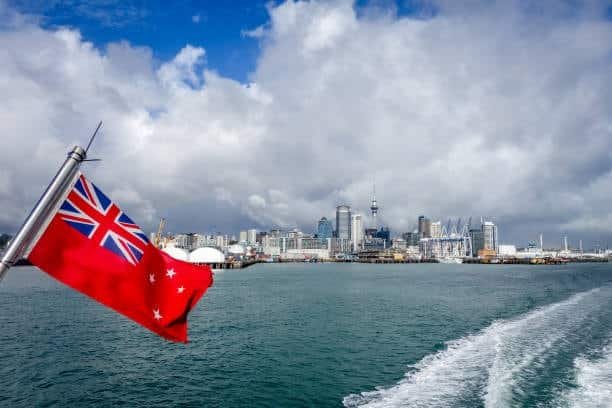
To be successful in New Zealand market it is required to have the knowledge of local culture, preferences, and business practices. New Zealanders mostly fancy value of money, reliability, and transparency. This establishes long term customer relationship because trust is built by consistency in service delivery, effective communication and prompt customer service zealand customs regulations.
Take local preferences into account, concerning the way of communication, the method of payment, the level of service. Customer satisfaction and hence business success can be achieved through providing customer service during New Zealand business hours, providing local phone numbers and knowing the nuances of the culture.
Future Trends in US-New Zealand Shipping

The shipping business is still developing and changing together with technologies, rules, and demand in the market. The issue of sustainability is pushing the demand in searching shipping options that are friendlier to the environment such as alternative fuels, efficient routing, and carbon offset schemes united states postal service.
Logistics digitalization involves more automation, artificial intelligence to optimize routes, and blockchain to achieve supply chain visibility. The development of e-commerce keeps pushing the need to have quicker and more adaptable shipping services. The knowledge of these trends can assist the businesses to be equipped with opportunities and challenges anticipated in the US-New Zealand shipping market in the future, including the rise of computer games .
Environmental and Sustainability Considerations
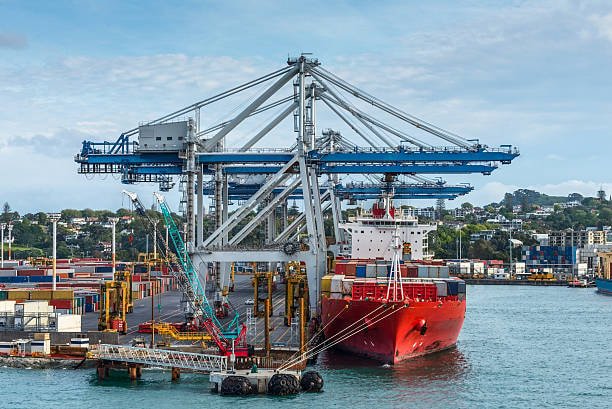
Businesses and consumers are also growingly environmentally conscious. Some measures such as ship routing, consolidation services, sustainable packaging materials, and carbon offset programs can help shipping activities minimize their environmental impact. A large number of logistics companies currently have the ability to provide carbon-neutral shipping services along with in-depth reporting on the environmental impact. When shipping goods, sustainability efforts can also be emphasized, which helps to offer competitive advantages to businesses whose target market includes environmentally conscious consumers and fits the corporate social responsibility agenda.
Conclusion
The process of shipping in the US to New Zealand offers opportunities and challenges to businesses and individuals. To be successful, one should learn the intricate regulatory environment, select the adequate shipping options, collaborate with well-seasoned logistics providers, and remain focused on customer satisfaction. The elements that ensure the success of the US-New Zealand shipping are effective planning, documentation, packaging, and communication with all parties involved including the new zealand address . Professional logistics suppliers such as GWT Worldwide have useful experience in dealing with these complexities, and can provide a complete package solution regarding customs clearance to final delivery. With experience and capabilities, businesses get to concentrate on growth and have compliant, dependable shipping operations.
